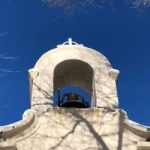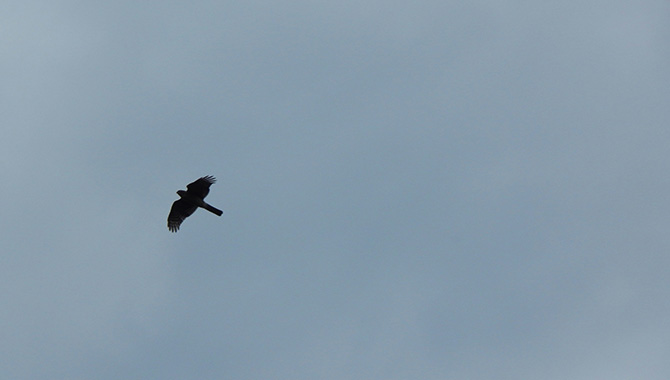The wind blows where it chooses, and you hear the sound of it, but you do not know where it comes from or where it goes. So it is with anyone who is born of the Spirit. ~ John 3:7
This past Ash Wednesday, which was also Valentine’s Day, a grieving mother invited me to say a prayer at her son’s graveside service in Cortez. I felt honored that she trusted me to say a prayer of healing and hope, and I was also a little nervous because the family in mourning is Navajo. They are part of a rich tradition that I am not well-versed in.
I wanted to honor, out of love, the traditions and the cultures that would be present at the service, so I called Pastor Norman, who moves tirelessly through Native and Anglo cultures, English and Navajo languages, and Christianity and traditional Navajo Spirituality. I have tremendous respect for Norman who can bridge the gaps between cultures and traditions with healing grace and love.
Norman said, “When you pray, pray to God of the Sky and the Earth. Pray for all of God’s creation. There will be very Traditional people and nontraditional people. Include everyone.” “O.K.,” I said, but my concerns did not lessen.
The day was sunny and windy, the ground muddy and slippery from the recent snow melt, more like spring than winter. Marvin’s family and friends gathered loosely around his casket and the open grave. I was an outsider welcomed inside to share their grief, pain, and hope for healing, peace, and life-everlasting.
When everyone had arrived, I stepped forward and placed my hand on Marvin’s casket. “Let us pray,” I said. “God of the sky, the clouds, and the ground we walk on. God of heaven and earth. We give you thanks on this day for Marvin and the Spirit you gave him. May we draw closer to you and one another in our grief and trust that your love endures forever and ever… Amen.”
The Navajo minister present offered more prayers of comfort and peace. Then the funeral director guided Marvin’s friends, who were wearing white gloves, to carry his casket over the grave and lower it gently with ropes to the bottom. Everyone silently watched as two cemetery workers filled the grave with fresh dirt. The brown earth filled the void of the hole.
One by one, in a manner of deep prayer, women placed fresh flowers on the grave, giving it color and life. A shadow from the sky moved on the ground and our gathering looked upward. A hawk gliding in circles drew near us, and then it caught an upcurrent of the wind and circled higher and higher until it drifted away.
Next to me, a young Navajo man dressed in a red Kansas City Chiefs jacket said, “We consider that a sign.”
Do we see signs from God or the Spirit? Or are there just nice coincidences? We often pray, “Come, Holy Spirit,” but what does that mean? What is the presence of the Spirit, and is it a healing, loving presence in our lives and the world?
“All the scriptural images of the Spirit are dynamic—flowing water, descending dove, fire, and wind. If there’s never any movement, energy, excitement, deep love, service, forgiveness, or surrender, you can be pretty sure you don’t have the Spirit,” writes Richard Rohr.
I do not know what everyone experienced when that hawk flew overhead. It was certainly majestic, wonderful, and an image of freedom and hope for me. I do know that a Navajo elder stepped forward and raised his hand. He spoke in Navajo and people listened. Then he softly started chanting. After each refrain, he raised his voice, and the song grew more and more powerful as Marvin’s family and friends joined the song in a collective chorus.
I did not know the words but as the rhythm and the sound of the chant grew, so did the energy, the love, and the beauty. Passion is evident in any language. Rohr says, “If our whole lives are just going through the motions, if there’s never any deep conviction, we don’t have the Spirit. We would do well to fan into flame the gift that we already have.”
When, if ever, do we let the Spirit of God’s grace, love, and peace move through us with unbridled freedom?
At the dinner reception after the service, I saw the elder who led the chant and I asked him, “What was that song?”
“It is an old church song that we sing. It’s a continuation prayer to help people when they are down or when they fall. It helps us heal and move on.” “Thank you,” I said. “There was power in that song.”
“The wind blows where it chooses, and we hear the sound of it, but we do not know where it comes from or where it goes” (see John 3:8). Do we ever know how the Spirit will show up in our lives?
May we trust the movement of the Holy Spirit which heals, guides, loves, forgives, and unites us across all that may divide us. May we be one in the Spirit. Amen.
Note: Marvin’s mom Amelia gave me permission to share some of my thoughts on his service. Please pray for her and her family as they move through their grief.
Blessings and peace,
Craig

